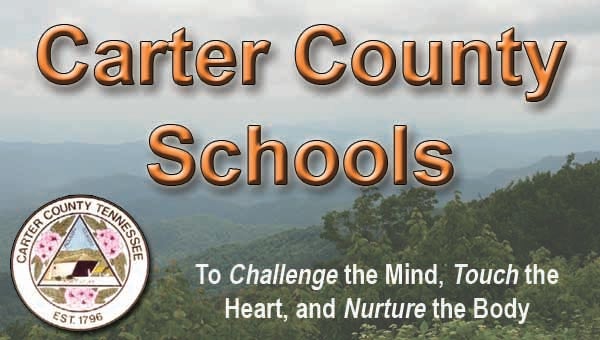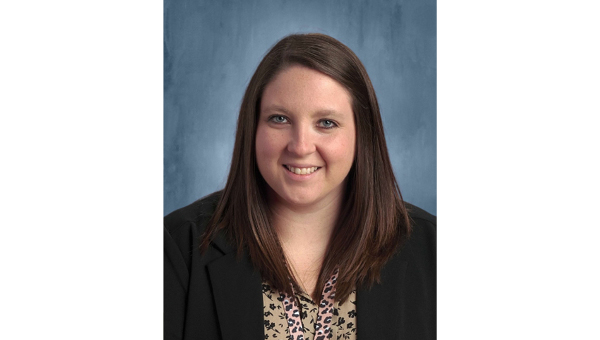A Catch-22? Carter County Schools has lowest student-teacher ratio in area
Published 5:15 pm Friday, December 14, 2018
A quick search online will net many different websites and articles pointing out the benefits of a low student-teacher ratio.
At the top of the benefits list, is the fact that a teacher who has fewer students has more time to devote to individual students and their academic needs.
Recently, the Tennessee Department of Education released its online Report Card which is a treasure trove of numbers for state schools.
According to the TDOE numbers, Carter County has 5048 students and 401 classroom teachers and that means there is one teacher for roughly every 13 students in the school system. Just to note, the calculations come out to 1 to 12.58, and the figure was rounded up to 13.
That same ratio of 13-1 holds up when each of the 14 schools in the county school system individual ratios are averaged out.
The average student-teacher ratio for surrounding county school systems was one teacher to every 14.75 students which can be rounded up to 15. The average included Greene County, Washington County, Sullivan County, Unicoi County, Johnson County, and Carter County. Washington County had the highest ratio at on 1-to-15.73 while Johnson County had the second lowest at 1-to-14.32.
In the State of Tennessee as a whole, there is 975,222 students and 62,132 classroom teachers giving a state a ratio of one teacher to every 15.69 students.
Carter County Director of Schools Kevin Ward said that one of the reasons that the Carter County school system has such a low ratio is due the high number of schools in the system. There are 14 schools in the Carter County system with nine of those being elementary schools. There is one middle school and four high schools.
“The more schools you have that you are operating, the more likely you are going find that the student-teacher ratio is going to be lower,” said Ward. “The fewer the schools, the more you can group those kids into larger numbers.
“We have a larger number of elementary schools because you have to calculate this per building,” said Ward.
State law mandates that Tennessee schools must keep their average ratios below a listed average in each grade level. Those caps are listed below:
—K-3: 20
—4-6: 25
—7-12: 30
—Career and Technical Education: 20
Now, according to state law, an individual class can exceed the above average caps but can’t exceed the maximum caps listed below:
—K-3: 25
— 4-6: 30
—7-12: 35
—Career and Techincal Education: 25
Ward said that classroom sizes fluctuate and the school system has to make sure that its schools are in line with state law. Last year, the system had some teachers quit, but due to its low student-teacher ratio the system was able to move teachers around and didn’t have to hire new pupils.
“We had four positions that we didn’t have to rehire for,” said Ward. “We move teachers to different schools to make up the difference.”
Out of the county schools, Valley Forge (22 teachers, 221 students) had the lowest ratio at 1-to-10.04. Happy Valley Middle School (26 teachers, 425 students) had the highest ratio at 1-to-16.3.
While there are some noted benefits to having a low ratio, there also comes some cost. Each school system gets funding for teachers and other services and personnel from the State of Tennessee, and that funding is allocated in accordance with BEP calculations. A system will get money for teachers based on how many students are enrolled and teachers who are hired above what is allocated from the state must be paid for through other means which can sometimes come out of a county’s general fund.
“Every teacher that you are over in terms of funding is essentially money you are not getting,” said Ward. “We have always tried to keep each school close to their BEPs.”
Ward went on to say that at one time the county was roughly 60 teachers over the funding level. He said, however, that number has been brought down to below 30.
Ward also said that due a decrease in student enrollment that the system hasn’t need as many teachers.
“It is sort of a Catch-22,” said Ward. “You know with one teacher to 12 kids, you get more individualized attention. But if you have a number like one teacher to 17, then you can get your budget closer to neutral when you are operating that way.”






